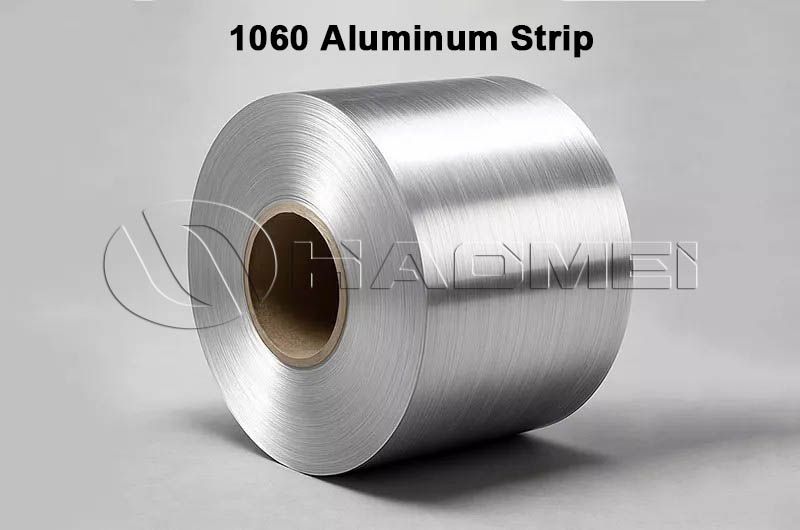High-speed rail carriages are welded with aluminum, and some high-speed rail lines pass through high-cold zones of minus 30 to 40 degrees Celsius; some instruments, equipment and daily necessities on Antarctic research ships are made of aluminum and need to withstand temperatures of minus 60 to 70 degrees Celsius. Can they function properly in such a cold environment? No problem, aluminum alloys are the latest afraid of cold and heat.
Aluminum alloys are the best low-temperature materials. They have no low-temperature brittleness. They are not as obvious as ordinary steel and nickel alloys. Although the steel’s strength properties increase as the temperature decreases, its plasticity and toughness decreases with the decrease of temperature, that is, it has obvious low-temperature brittleness. However, the aluminum alloys’ mechanical properties increase significantly with the decrease of temperature, regardless of the composition of the material, whether it is cast aluminum alloy, deformed aluminum alloy, powder metallurgy alloy, or composite material.

Aluminum alloys for high-speed rail carriages include Al-Mg series 5005 alloy sheets, 5052 alloy sheets, 5083 alloy sheets and profiles, Al-Mg-Si series 6061 alloy sheets and profiles, aluminum alloy 6101,6063 alloy profiles, Al-Zn-Mg series 7N01 alloy plates and profiles, and 7003 alloy profiles. The standard states are O, H14, H18, H112, T4, T5, and T6.
No matter what kind of aluminum alloy, its mechanical properties increase as the temperature decreases, so aluminum is an excellent low-temperature structural material, used for rocket cryogenic fuel (liquid hydrogen, liquid oxygen) storage tanks, liquefied natural gas (LNG) transportation ships and shore-based storage tanks, low-temperature chemical product containers, cold storage, refrigerated trucks, etc.
The aluminum plates used in the current manufacturing and maintenance of rail vehicle bodies include 5052, 5083, 6061, 5454 aluminum and the extruded profiles used include 5083, 6061, 7N01, etc. In addition, some new alloys such as 5059, 5383, 6082, etc., also has applications. It is best to use friction stir welding (FSW), which not only has high welding quality, but also does not require welding wire.
We can divide the aluminum alloys of the car bodies into according to the train operating speed: those used for vehicles with speeds <200km/h can be called first-generation alloys. They are conventional alloys and are mostly used to manufacture urban rail vehicle bodies, such as 6063, 6061 and 5083; second-generation aluminum alloys such as 6N01, 5005, 6005A, 7003, 7005 alloy, etc. are used to manufacture high-speed rail vehicle bodies with speeds of 200km/h~350km/h; third-generation alloys are 6082. Haomei Aluminum has all these aluminum alloys. Welcome to leave message to inquire what you need.
Original source: https://www.aluminium-auto-sheet.com/a/aluminum-alloy-6101-5754-for-high-speed-railway.html

没有评论:
发表评论